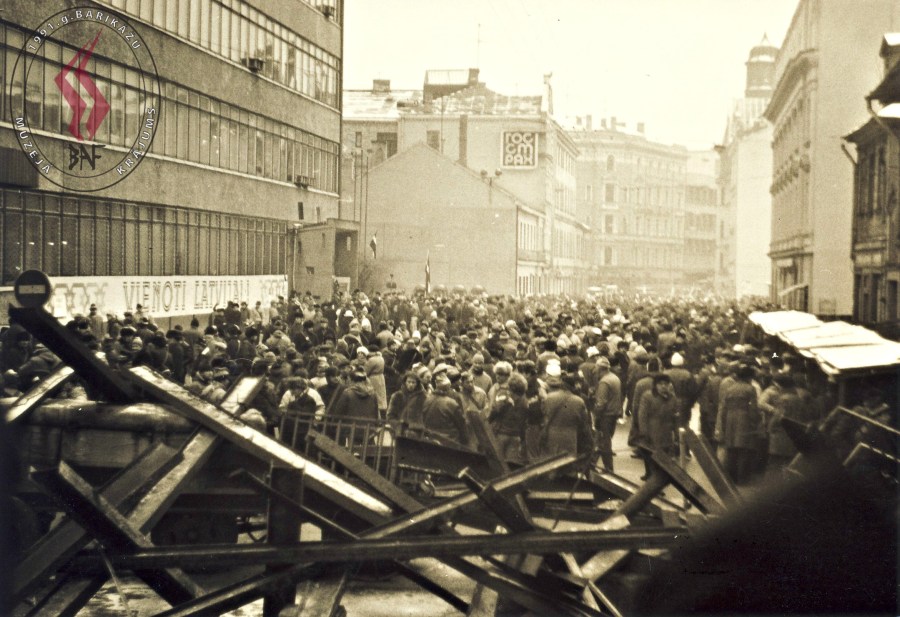I noticed yesterday that TNET is overdue, so today’s video topic is a new TNET too. Sorry for not writing too much lately. I got over the winter depression, but I just did not get any inspiration the last few weeks. Combined with problems at work it made me grumpy and reclusive like a hermit. And to top it all off today I got down with flu-like symptoms, I had to excuse myself from work early due to a splitting headache and at home I found out I have a fever as well.
The latest video by hbobmerguy is really well made and thoughtful. It is important to remember, that corporations are not people, they are cynical and opportunistic entities that might, but also might not, contain good people in them, and rarely (very rarely) some good people might even be at the top management levels. When a company does something seemingly good, it probably is not without ulterior motive.
Open thread, talk about whatever you want, just don’t be an asshole.






